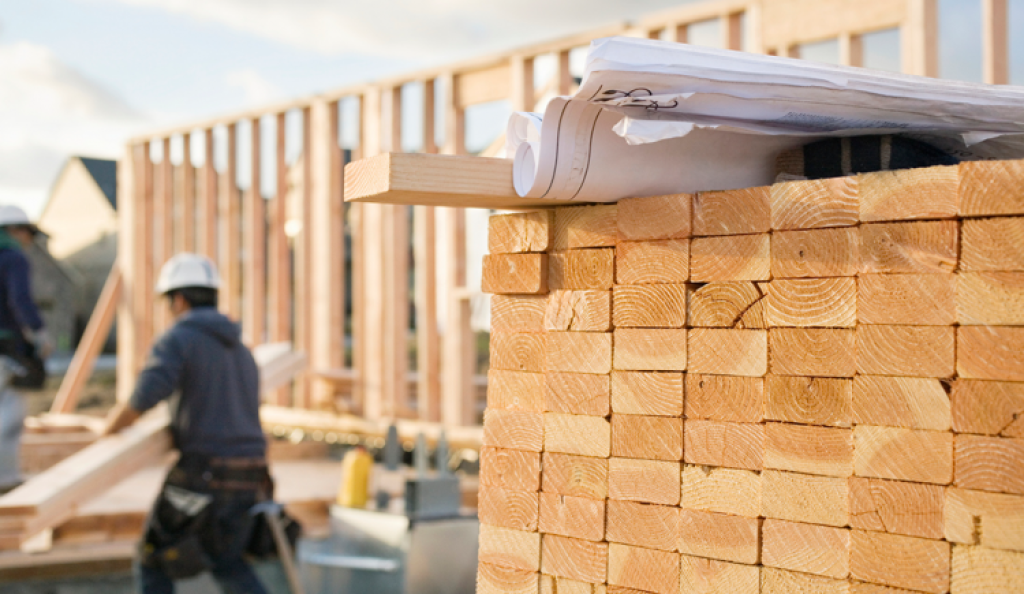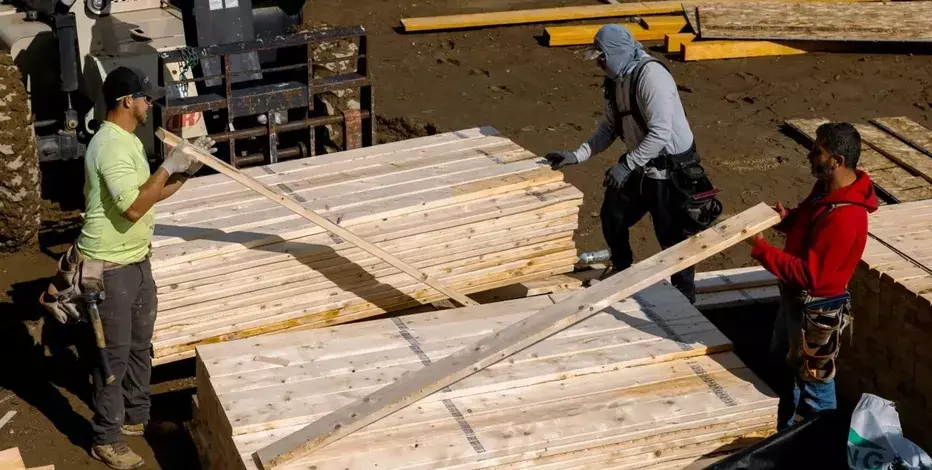
High Lumber Prices and Other Barriers Choke the Confidence of Home Builders and Home Buyers

The Lumber Problem Isn’t Just About Wood
Lumber prices have soared in recent years due to supply chain disruptions, tariffs, wildfires, and increased demand during the pandemic. Although prices have slightly cooled off, they still remain significantly higher than pre-pandemic levels.
Higher building costs = fewer homes being built
Material delays = longer construction timelines
Price shocks = buyers get priced out before completion
It’s Not Just Lumber—Other Barriers Are Rising Too
Labor Shortages: Skilled tradespeople are in short supply, slowing down homebuilding projects.
Inflation: The cost of essentials—everything from drywall to appliances—continues to climb.
High Interest Rates: Mortgage rates have risen sharply, reducing buyer affordability.
Zoning and Permit Delays: Builders face red tape that causes costly delays in many cities.
What This Means for Home Buyers
Less inventory: Fewer homes are being built, leading to tight competition for existing homes.
Higher prices: Builders pass increased costs to buyers, pushing affordability out of reach for many.
Longer wait times: New homes take more time to complete, forcing buyers to adjust their plans.
What This Means for Builders
Many builders are scaling back or postponing new projects.
Confidence in the market has dipped, according to recent industry surveys.
Smaller builders are especially affected by material price volatility and lack of financing flexibility.
The Road Ahead: A Call for Solutions
To regain confidence, experts suggest:
Easing supply chain constraints
Addressing labor shortages through training programs
Reducing unnecessary permitting delays
Encouraging affordable housing initiatives
The American housing market is in a transitional phase. Until material costs stabilize and interest rates settle, both builders and buyers will need to navigate carefully. But with the right policies and support, there's hope for a more balanced and affordable future.











